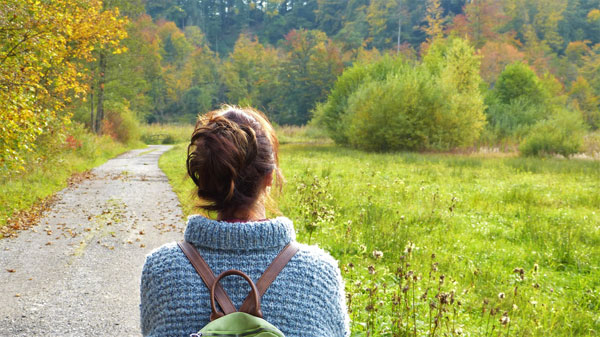by Hannah Johnson
Ever wonder what it would be like to be in a real life treasure hunt with millions of people all around the world? If so, then geocaching is for you. Geocaching started over a decade ago by Dave Ulmer with the rule; take something, leave something. Don’t forget to sign the logbook!
Geocaching, originally named “Great American GPS Stash Hunt”, was first coined by Matt Stum on May 30th, 2000. The prefix geo, for earth, is used to describe the actual nature of the activity that involves going out and exploring in real life. Caching, from the word cache, is the second piece of the puzzle and is used to describe the collecting process of the activity.
Ulmer placed the first GPS-located cache on May 3rd, 2000 in Beavercreek, Oregon. Within the next couple days, more caches had been placed in different states and countries around the world. The game is very easy to play and for the basic caches, all you have to do is sign up on the geocaching website for a free membership.
The game is played by using GPS locations of the caches. All you need is a mobile phone or a GPS device with the app loaded to it. You then will pick a cache that catches your eye and navigate to it. These can be found all over the world, you can also hide your own if you would like to.
There are many types of Geocaches; the traditional, mystery or puzzle caches, the Multi-Cache, the Earth-Cache and many more. The traditional cache is the most common and straightforward type. These will be a container, of many different sizes, containing a logbook and other items for trade. The mystery or puzzle caches are the catch-all types. These could involve complicated puzzles that need to be solved in order to get the correct coordinates of the actual caches. They also have different levels of difficulties that you will later have to upgrade your membership to get those whereabouts.
If you’re wondering how you start your journey, you should first start simple. You can start with a traditional, difficulty rating of 1, and regular or large size cache. This will be the easiest find and will help you get the feel of what you’re looking for. You can also check the recently logged finds on the cache page that could indicate information and tips about how to find it if you are having issues.
Some things that you could find in a cache consist of a logbook or log sheet for you to sign, as well as cool items that others have left for you to find. They ask that you please leave something in place of the item that you took. It is also recommended that you place the item that you are leaving in a clear plastic bag to protect it from the numerous elements that surrounds them.
Because this is a large game of hide and go seek with a GPS, people of all ages play this game. It is important to remember that no weapons of any type should be placed into a cache. Also, please do not place food in the caches because many are hidden in the woods and animals might want to get involved as well.
There are only 3 simple rules of geocaching:
1.) If you take something, leave something of equal or greater value.
2.) Write about what you have found and sign the logbook that is with the cache.
3.) Log online that you have found the cache through your smartphone app.

